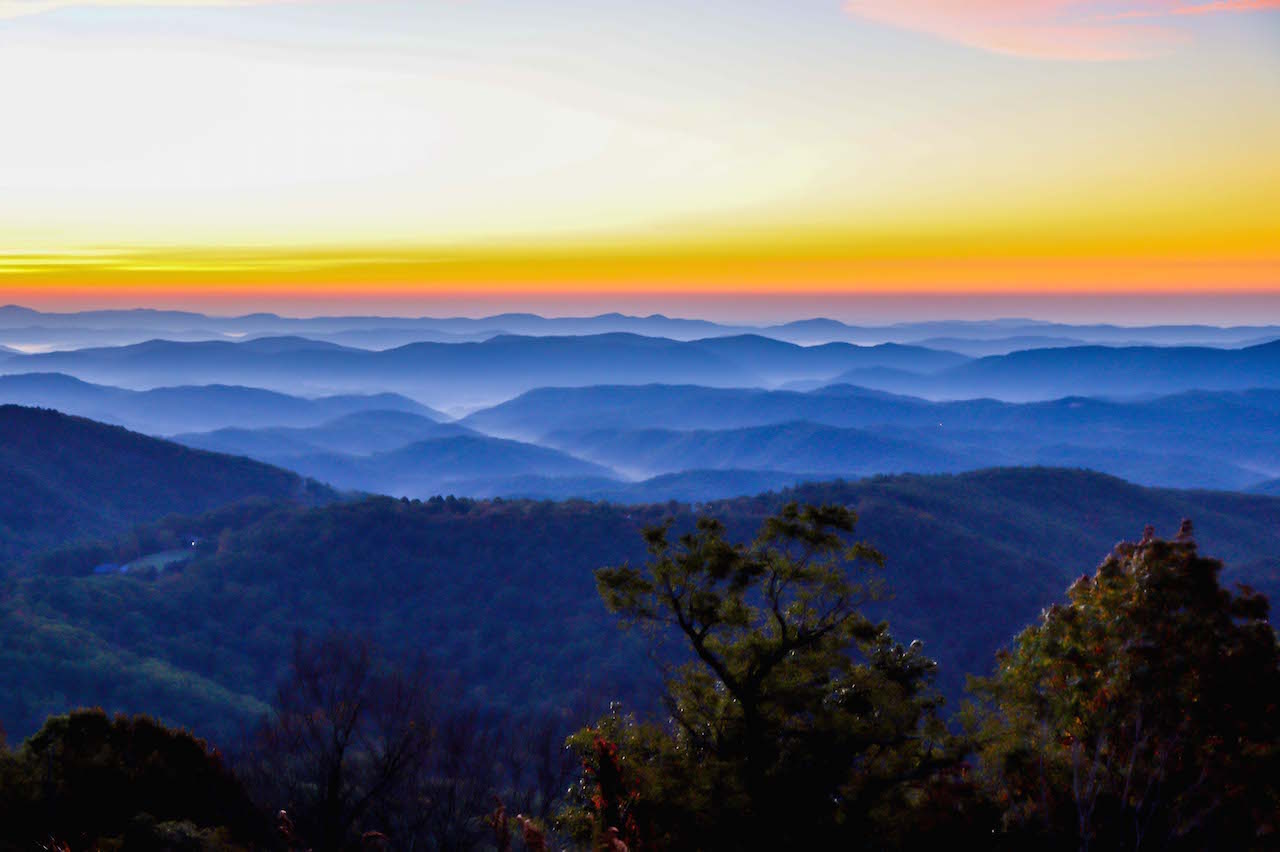The Philippines is an archipelago composed of over 7,000 islands, a mosaic of stunning landscapes, rich cultural heritage, and exuberant biodiversity that can transform a simple vacation into an odyssey of discovery. While the nation is renowned for its jaw-dropping beaches and spectacular volcanoes, the essence of the Philippines lies deeper than its surface beauty. Here are some fun facts that promise to illuminate the vivid tapestry of Filipino culture, history, and vibrant life.
1. A Cultural Melting Pot
Often likened to a cauldron brimming with aromas from different cuisines, the Philippines embodies a fascinating cultural synthesis. Over centuries of colonial rule and trade, indigenous tribes have fused their traditions with influences from Spanish, American, and Asian cultures. This amalgamation isn’t just reflected in the culinary landscape but also resonates in the country’s art, music, and religious practices, resulting in a myriad of festivals that celebrate diversity.
2. The Festival Wonderland
The Philippines hosts an astonishing 42,000 festivals each year, often blending ritualistic and communal celebrations. From the extravagant Sinulog Festival in Cebu that enlivens the streets with vibrant parades to the Pahiyas Festival in Quezon that transforms homes into art galleries, each festival encapsulates a unique slice of Filipino life. These festivities overflow with color, music, and exuberance, showcasing the creative spirit and deep-rooted traditions of the people.
3. Language Diversity
In the Philippines, languages are as varied as the colors in a painter’s palette. With around 175 languages spoken across the archipelago, Tagalog and English serve as the predominant languages, while regional dialects such as Cebuano, Ilocano, and Hiligaynon flourish alongside them. This linguistic diversity serves as a testament to the country’s rich history and the resilience of indigenous cultures, inviting conversations that weave tales of heritage.
4. Culinary Delights
Culinary experiences in the Philippines thrill the senses with a delightful tapestry of flavors that are nothing short of an epicurean adventure. Dishes like adobo, a piquant stew, and lechon, a roasted pig that captures the spirit of celebrations, tell stories that resonate with the flavors of home and family gatherings. Street food, an integral aspect of Filipino life, offers unique bites such as balut or isaw, a glimpse into the heart of the local culinary landscape.
5. Biodiversity Hotspot
The Philippines is not merely an aesthetic wonderland; it is a vital stronghold of biodiversity, ranking fifth in the world for the highest level of species endemism. The pristine coral reefs, which cradle a magnificent range of marine life, are often gleamed upon as the ‘coral triangle’. Inland, the lush rainforests harbor unique flora and fauna, some species found nowhere else on Earth, making the islands a sanctuary for nature enthusiasts.
6. The Jeepney Experience
If the Philippines were to have a mascot representing its ingenuity, it would undoubtedly be the jeepney. Once repurposed from surplus military vehicles left by the Americans after World War II, these colorful public transport vehicles serve as an iconic symbol of Filipino ingenuity. Decorated with vibrant artwork and intricate designs, jeepneys are more than a mode of transport; they are a canvas of local creativity, providing a vivid reflection of the neighborhoods they traverse.
7. A Warm-Hearted Nation
The warmth of Filipino culture extends beyond its climate. The expression “Bayanihan” exemplifies this spirit, showcasing the communal spirit deeply entrenched in Filipino society. This concept of “working together towards a common goal” is uniquely Philippine, often illustrated by images of neighbors helping each other move a house. It embodies the ethos of solidarity, cooperation, and altruism that punctuates daily life.
8. The Pearl of the Orient Seas
Dubbed the “Pearl of the Orient Seas” by the national hero José Rizal, the Philippines boasts myriad natural treasures. From the pristine beaches of Palawan, often heralded as the best island in the world, to the enchanting Chocolate Hills of Bohol, the islands’ beauty is unparalleled. Each location offers mesmerizing vistas that evoke a sense of reverence for nature, drawing adventurers from across the globe.
9. Rich History
The historical narrative of the Philippines is one of resilience and transformation, marked by colonization, revolution, and struggle for independence. Landmarks such as Intramuros in Manila testify to Spanish colonization, standing as silent witnesses to a complex past. The influence of the Japanese occupation during World War II adds another layer of depth to this historical canvas, each event shaping contemporary Filipino identity.
10. A Sports Enthusiast’s Dream
Filipinos exhibit an insatiable passion for sports, particularly basketball, deemed a national obsession. Outdoor courts dot every village, and it is common to witness impromptu games in the most unlikely of places. Moreover, boxing has produced national heroes such as Manny Pacquiao, whose accolades resonate as a source of pride and symbol of aspirational ambitions for many Filipinos.
11. Unfurling the Fabric of Life
The vibrant life of the Philippines can be best characterized by the adage “It’s more fun in the Philippines.” This phrase encapsulates the exuberance, resilience, and warmth of the Filipino people. From the sun-kissed shores to the bustling streets filled with laughter, every corner of the archipelago offers a narrative waiting to be uncovered, an invitation to embrace the joys of life amid vibrant chaos.
As intriguing and multifaceted as a rainbow refracted through a prism, the Philippines combines nature with culture, history with vibrancy, and peace with exuberance. The islands, steeped in their colorful narratives, beckon to be explored, celebrated, and cherished.






